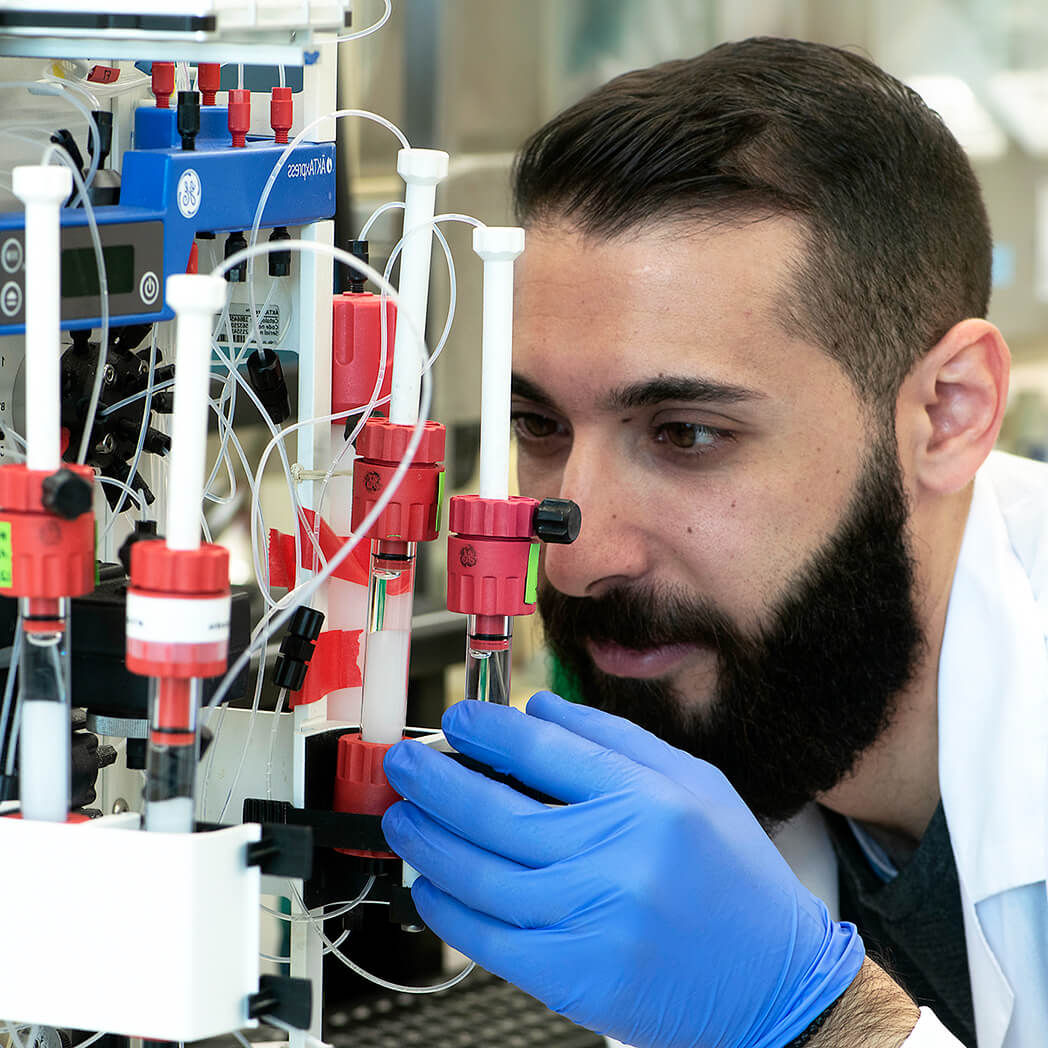Overview
Voltage-gated sodium channels (VGSC, NaV) play a critical role in excitability of nociceptors (pain-sensing neurons). The peripheral-specific sodium channels NaV1.7, NaV1.8 and NaV1.9 are particularly important in the pathophysiology of different pain syndromes and hence, thought to be potential targets for pain therapeutics1,2.
Carbamazepine is a potent and state dependent inhibitor of neuronal NaV channels1. It is one of the most commonly prescribed antiepileptic drugs3 and has long been established as a treatment for neuropathic pain4. High doses of carbamazepine are effective in ameliorating symptoms of patients with Paroxysmal extreme pain disorder (PEPD) because this disorder involves changes in NaV inactivation, a process that is modulated by NaV blockers. In a recent investigation, patients with inherited erythromelalgia, characterized by a mutation in NaV1.7 (SCN9A) and a modified fast inactivation of Na+ current is present, reported an improvement of symptoms when treated with Carbamazepine5,6. In addition, clinical data also suggest that carbamazepine can reduce aura and migraine attacks7.
Specifications
Technical Specifications
Biological Activity
- Sheets, P.L. et al. (2008) J. Pharmacol. Exp. Ther. 326, 89.
- Kuo, C.C. et al. (1997) Mol. Pharmacol. 51, 1077.
- Backonja, M.M. (2002) Neurology 59, S14.
Solubility and Storage
Applications
 Alomone Labs Carbamazepine inhibits NaV1.2 channels currents in Xenopus oocytes.A. Time course of NaV1.2 channel reversible inhibition by 100 µM and 1 mM Carbamazepine (#C-105). Currents were elicited by a voltage step to -20 mV (100 ms) every 10 seconds from a holding potential of -100 mV. B. Example traces of current response to voltage step application before and during 1 mM Carbamazepine application.
Alomone Labs Carbamazepine inhibits NaV1.2 channels currents in Xenopus oocytes.A. Time course of NaV1.2 channel reversible inhibition by 100 µM and 1 mM Carbamazepine (#C-105). Currents were elicited by a voltage step to -20 mV (100 ms) every 10 seconds from a holding potential of -100 mV. B. Example traces of current response to voltage step application before and during 1 mM Carbamazepine application.

